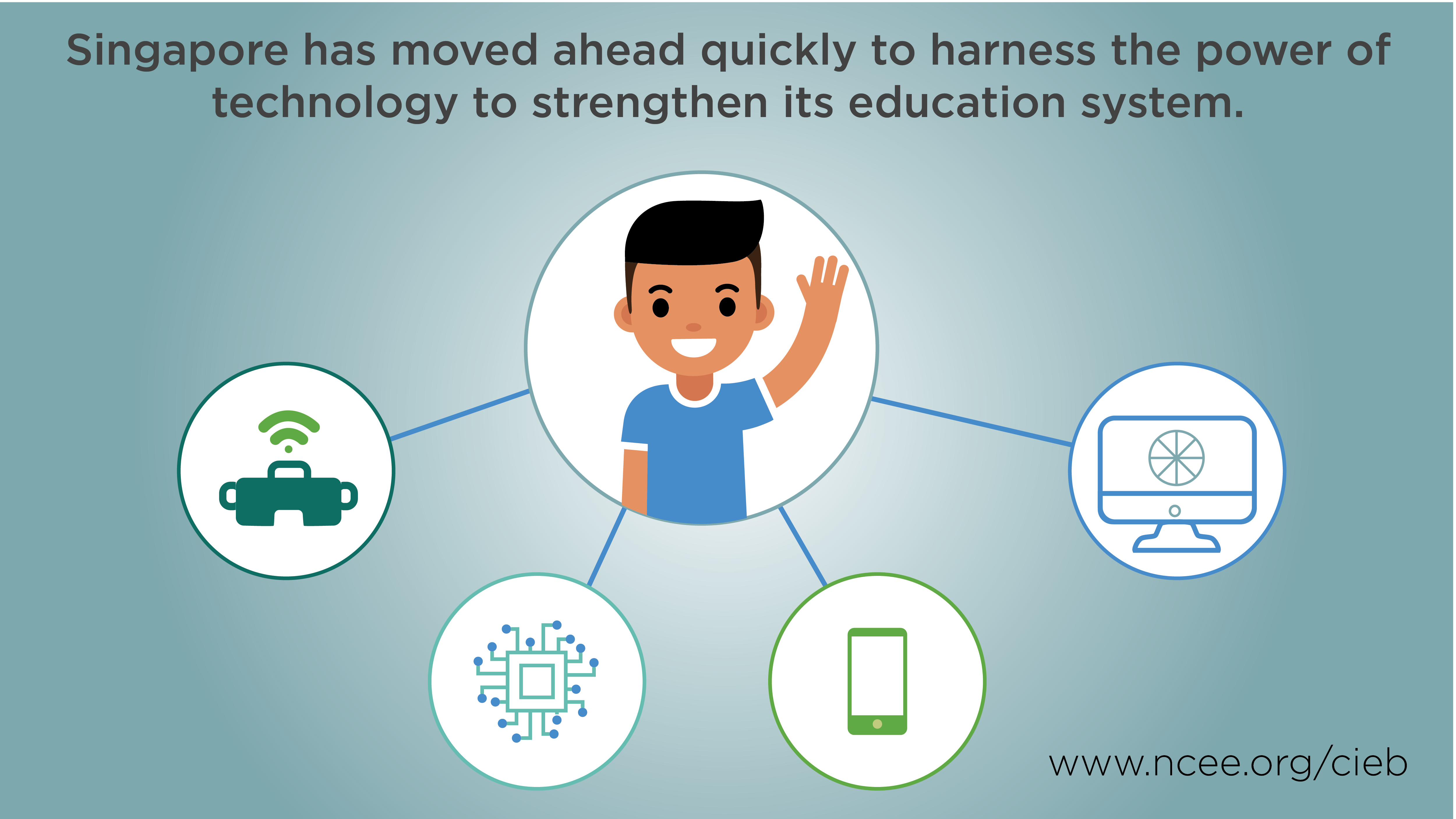
In the wake of the pandemic, the U.S. is grappling with how to secure access to technology for all students and to integrate it into classrooms in ways that enhance learning. Simply giving all students devices and instructing teachers to promote “more” digital learning will not be enough to meet the challenges of the future and ensure equity of opportunity.
Singapore has moved ahead quickly to harness the power of tech to strengthen its education system. It already had a national online platform for learning — Student Learning Space — in place since 2018, with resources linked to the national curriculum. During the pandemic, groups of teachers worked with technology experts to develop additional tools and materials for students and teachers. These newly developed tools allow students to do things like conduct authentic laboratory experiments in both the classroom and their own homes using virtual reality and to learn more about topics anytime, anywhere, at their own pace independently or with their peers. By the end of 2021, all secondary students will have a personal learning device and regular “digital days” will be a feature of the school calendar. And by 2023, students will receive real-time, AI-generated feedback on the grammar, sentence structure and expression of their English writing assignments, which will enable them to reflect and revise more quickly.
Singapore has had a national Ed Tech Plan since 1997 and updated it regularly since. It is distinguished by a vision statement coupled with specific enabling conditions necessary to reach this vision and concrete implementation strategies. Enabling conditions include training to enhance the digital literacy of teachers and providing resources to parents. Implementation strategies include providing collaborative digital learning opportunities for students, using AI to enhance teaching and learning and track and report on student learning, and using technology to make assessments more useful for teachers and students.
For more on how high performing jurisdictions are integrating technology into their strategies for teaching and learning, see NCEE profiles of top-performing education systems.




